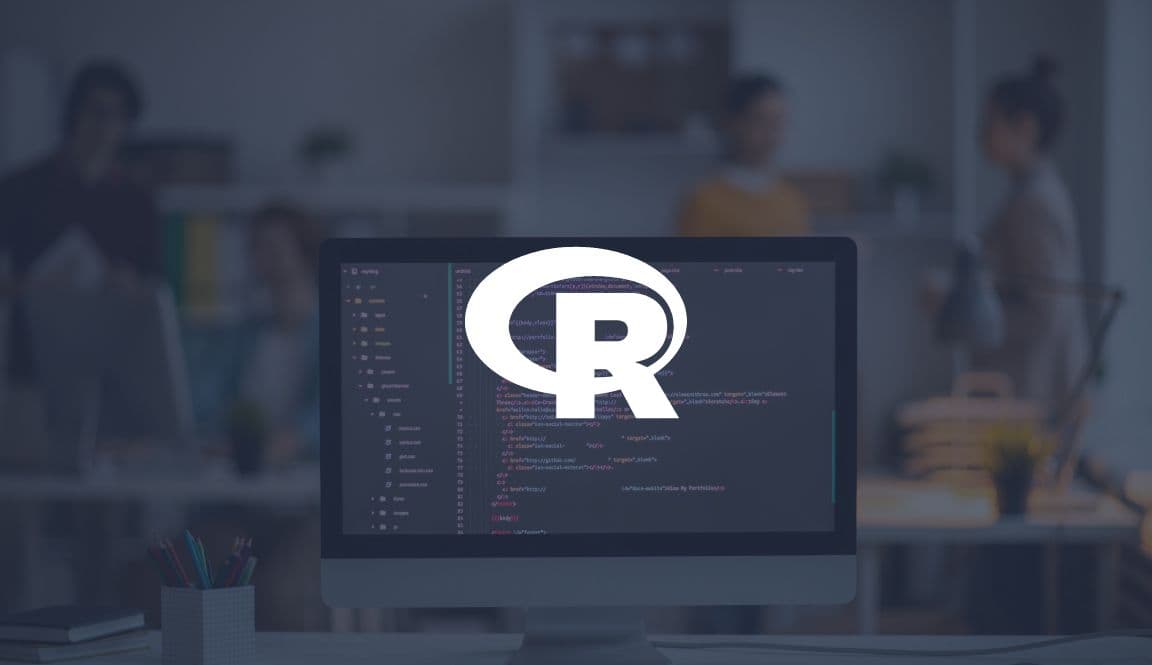
What is the R Programming Language? Who Should Learn R and Why?

What is the R Programming Language? Who Should Learn R and Why?
The question of what the R programming language is has been frequently researched as it has become increasingly popular. By reaching the end of this content prepared to provide a general overview of the answer to the question "What is the R programming language?", you will be able to learn the basic information about R. R can be defined as a programming language used primarily for statistical operations, graphics, and data analysis. This programming language is open-source and free. Thanks to R being a unique programming language, users have become part of its development process.
The R programming language, which is relevant to the market, was introduced in 1993 by two individuals working at the University of Auckland in New Zealand. The names of these individuals are Robert Gentleman and Ross Ihaka, and since both of their names start with "R," the programming language was named R. There are many similarities between the R programming language and the S programming language. In fact, R can be considered as another implementation of the S programming language. Currently, the R programming language is developed and updated by a team called R Core Development Team, making it open to innovations. Thus, the question of what R programming is can be explained in this way.
What is the Purpose of the R Program?
After discussing a brief history of the R language and answering the question of what the R language is, the next topic is the purpose of this program. The increase in the usage rate of a program is directly related to how much productivity it provides. In the continuation of the content, you can find what can be done with this programming language, what R is used for, and where it can be used.
This programming language is used in data analysis and scientific research. In these fields, after exploring the data, R develops hypotheses and performs analyses. However, the answer to the question of what the R programming language is used for is not limited to these alone.
After the analysis process, data is visualized using the R programming language, making it more meaningful. This process is applied to facilitate and expedite the understanding of data. Determining the scope of words semantically also falls within the domain of R.
The R programming language is also used in social media and internet applications such as Twitter, Facebook, Amazon, Mozilla, and Google. Twitter utilizes R when visualizing user experiences, performing semantic clustering, and data visualization. Facebook uses R to update social network graphs and predict user interactions. Google, on the other hand, employs the R programming language to provide better search suggestions, improve search results, and predict economic activities.
Who Uses the R Programming Language and Where is it Used?
The R programming language can be used by various professional groups. Knowing the fields of those who use it can actually give you an idea of what can be done with the R programming language. At this point, it is possible to list the main professional groups that use the R programming language as follows:
- Statisticians
- Data analysts
- Data scientists
- Researchers
- Marketers
- Data miners
- Mathematicians
- E-commerce websites
- Finance
- Manufacturing
- Banking
- Healthcare
Features of the R Programming Language
To get to know the R programming language better, it is important to have a more detailed understanding of its features. Some of these features also answer the question of what are the advantages of the R programming language. The main features of R can be listed as follows:
- R is open-source, which means it has a wide user base.
- R has volunteer developers from all around the world.
- R is a powerful and flexible programming language that is highly extensible.
- It has advanced capabilities in storage and data handling.
- Accessibility is also considered one of R's features.
- R is a programming language that is suitable for everyone to use and learn, as it is open-source and accessible.
- It provides users with graphical capabilities for data analysis, which can also be considered as an answer to the question of whether R programming language is useful.
- It is case-sensitive.
- It supports matrix arithmetic.
- It is object-oriented.
- It is free.
- The R language is sought after among data scientists in today's industry as it possesses essential features.
- R is an interpreted language, which becomes clearer when examining examples of R programming language.
- It offers a variety of tools to help you find the right model, which can be considered as both features and advantages of R.



